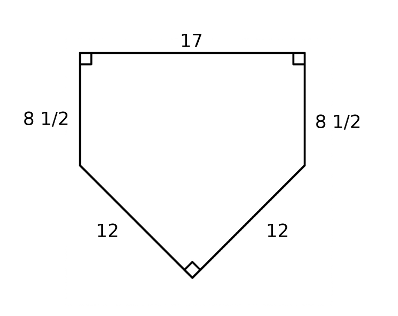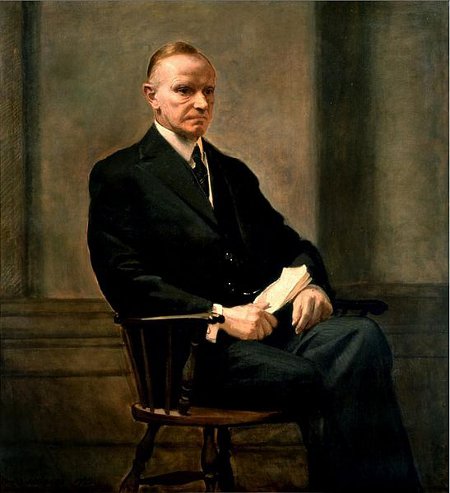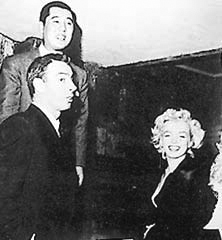A pleasant anecdote is told of Partridge, the celebrated almanac maker. In traveling on horseback into the country he stopped for his dinner at an inn, and afterward called for his horse that he might reach the next town, where he intended to sleep. ‘If you would take my advice, sir,’ said the ostler, as he was about to mount his horse, ‘you will stay where you are for the night, as you will surely be overtaken by a pelting rain.’ ‘Nonsense, nonsense,’ said the almanac maker, ‘there is sixpence for you, my honest fellow, and good afternoon to you.’ He proceeded on his journey, and sure enough he was well drenched in a heavy shower. Partridge was struck with the man’s prediction, and being always intent on the interest of his almanac, he rode back on the instant, and was received by the ostler with a broad grin. ‘Well, sir, you see I was right after all.’ ‘Yes, my lad, you have been so, and here is a crown for you, but I give it you on condition that you tell me how you knew of this rain.’ ‘To be sure, sir,’ replied the man; ‘why the truth is we have an almanac in our house called Partridge’s Almanac, and the fellow is such a notorious liar, that whenever he promises us a fine day we always know that it will be the direct contrary.’
— The Golden Rule, and Odd-Fellows’ Family Companion, Oct. 16, 1847



